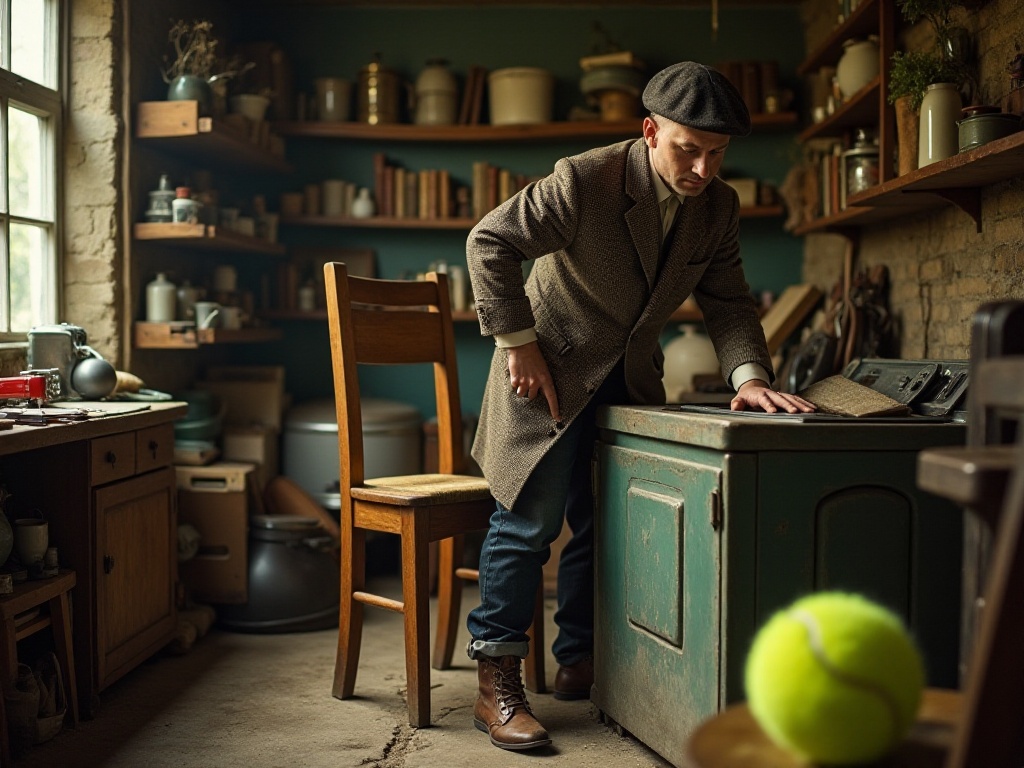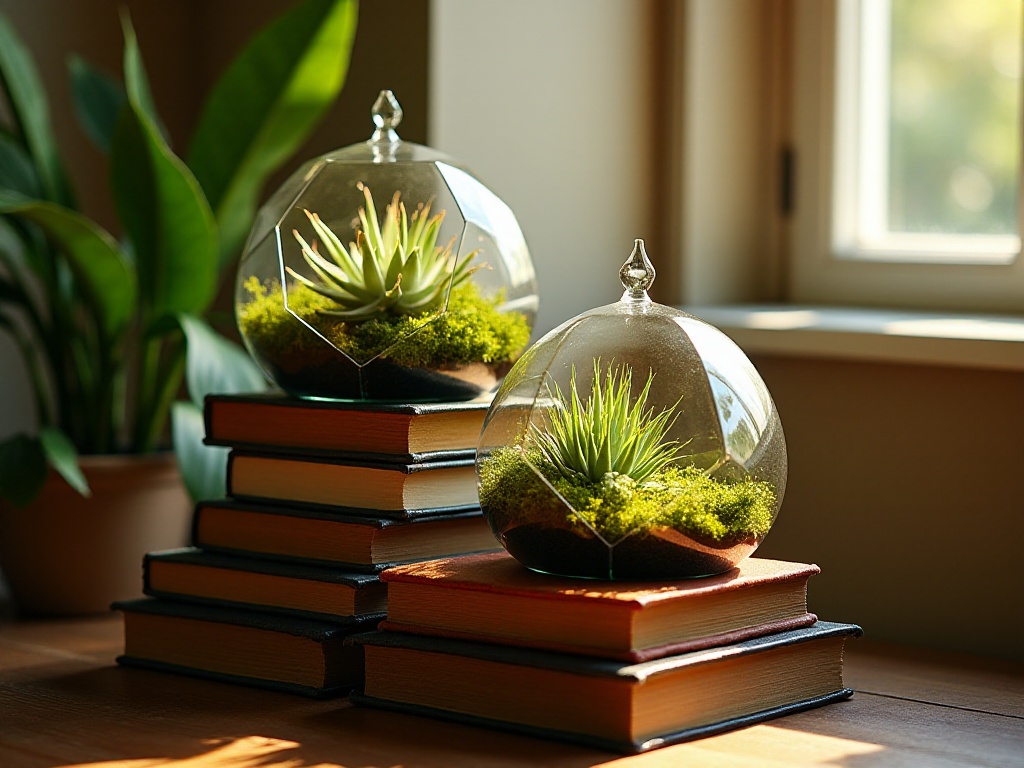
Clever Use of Hair Straightener
Have you ever experienced this? Before heading out in the morning, you notice your shirt collar looks wrinkled and unprofessional. You might think you need an iron, but what if you don't have one or are short on time? Don't worry - I have a super practical tip for you: using a hair straightener to press your collar.
First, let's understand how a hair straightener works. It uses heat to change hair shape, and this same heat can effectively press clothes. Imagine you're preparing for an important meeting or date, and your shirt collar is wrinkled. This is where the hair straightener comes in handy. Simply clamp the collar between the plates and gently move back and forth - the heat will smooth out the wrinkles. This method is perfect for rushed mornings.
I remember once when I was preparing for an important interview, pressed for time and couldn't find my iron. I had a sudden inspiration to use my hair straightener. I took it, set it to a moderate temperature, carefully clamped the collar between the plates, and moved it gently. Within minutes, the collar looked as good as new - it was incredible. During the interview, the HR manager even complimented my neat appearance, which was a pleasant surprise.
Of course, there are precautions when using a hair straightener on clothes. For instance, ensure the temperature is moderate, as excessive heat could damage the fabric. Also, don't keep the plates in one spot for too long to avoid scorching or damaging the clothes.
I recall another time when I was traveling, and the hotel iron was broken. I had to use my travel hair straightener on my shirt. The results were surprisingly good, with the collar looking freshly pressed. This not only solved my immediate problem but gave me a new perspective on the versatility of hair straighteners. Now I always pack one when traveling - it's not just for hair anymore, but also for keeping clothes neat.
The benefits of using a hair straightener for clothes are numerous. Beyond collars, it works well on cuffs, small wrinkled areas, dress pleats, and even pant hems. It's time-saving and convenient, especially while traveling or when an iron isn't available - it's truly a lifesaver.
Sometimes, small wrinkles can make you look less put-together, especially at important events. I once used this method at a friend's wedding. I was wearing a beautiful dress that had wrinkled during travel. After a few minutes with the hair straightener, the hem was perfectly smooth. Friends thought I had just taken it out of the closet and were impressed.
If you don't regularly use a hair straightener, try this method. After all, who doesn't want to look neat and proper for any occasion? The straightener is versatile - besides pressing clothes, it can even remove small fabric pills when used at a lower temperature with gentle movements.
Remember some important details when using this method. Don't keep the straightener in one place too long to avoid burning, and let clothes cool naturally afterward to prevent new wrinkles. Using a hair straightener helps you quickly restore clothes' smoothness and stay composed in unexpected situations.
Have you tried this trick? If you have better methods for keeping clothes wrinkle-free, feel free to share in the comments. Everyone has their own tricks, and sharing them makes life easier and more interesting.

Freezing Cupcake Liners
Small details in life often bring great convenience. Have you ever encountered this situation? When making cupcakes, the paper liners stick together, making it difficult to separate them one at a time. Here's a clever trick that can help: freezing cupcake liners.
First, let's understand why this method works. Cupcake liners are typically made of paper material, which becomes crisp and easier to separate at low temperatures. When you lay cupcake liners flat in the freezer for a few minutes, they become stiff and easily separate without sticking together.
I've tried this trick, and it works wonderfully. Before making cupcakes, I always put the liners in the freezer, making them easy to retrieve when needed. Even better, this method prevents the liners from deforming during baking, as frozen liners maintain their shape better in high temperatures.
Once, I was preparing cupcakes for a friend's birthday party and was pressed for time, needing to prepare many cupcakes quickly. Thanks to this trick, I not only saved time but ensured each cupcake looked perfect. Friends were amazed and asked how I did it - it was just this simple trick.
There are some things to note when freezing liners. Don't freeze them for too long, or they might become too brittle and break. Also, let frozen liners return to room temperature before use to avoid damage from extreme temperature differences during baking.
This method works not only for cupcake liners but for any paper baking products. For example, egg tart shells often stick together, and freezing helps separate them easily. Frozen liners are not only easier to handle but make the baking process smoother, reducing waste from stuck liners.
I remember once trying to make small cakes at home, initially frustrated by stuck-together liners. After discovering this trick, everything became easier. I put the liners in the freezer for a few minutes, and they separated effortlessly. The whole baking process became fun, and the resulting cakes looked so professional that they impressed everyone on social media.
Freezing liners isn't just a trick - it reflects wisdom and creativity in daily life. Small details often determine the outcome, and simple methods can make daily life more convenient and enjoyable.
Have you encountered similar challenges when baking at home? Try this method and see if it helps. If you have other baking tips, please share them with everyone. After all, baking isn't just about making food - it's a process full of fun and innovation. Everyone's small tips could become someone else's lifesaver.

Preventing Pots from Boiling Over
One of the most frustrating things while cooking is when water suddenly boils over, making a mess in the kitchen. It's especially annoying when you're busy with other tasks and suddenly hear the water boiling, only to see it spreading all over the stove. Today I'll teach you a simple but effective trick: using a wooden spoon to prevent boiling over.
First, let's understand why this method works. When water starts to boil, steam forms bubbles that quickly expand, causing overflow. A wooden spoon can disrupt steam formation and foam expansion. By placing a wooden spoon across the pot's edge, steam flows along the spoon's surface, reducing foam formation.
Once while cooking noodles, I forgot to watch the pot, and the water started bubbling just as the noodles were almost done. In a panic, I quickly placed a wooden spoon across the pot, and it actually stopped the water from overflowing. This not only saved my kitchen but showed me how practical this trick is.
One time, while making tomato sauce for pasta, the boiling sauce almost overflowed. Thanks to this method, I avoided a kitchen disaster and preserved the sauce's quality. Later, when I shared this tip with my friends, they all found it very useful.
There are some considerations when using this method. For example, the wooden spoon should be long enough to span the pot's diameter. Also, the spoon shouldn't be too thick, as it might affect steam flow. Remember to ensure the spoon is clean to avoid contaminating food.
This method works not only for cooking noodles but also for any food requiring long cooking times, like soups or stews. The wooden spoon not only prevents overflow but also serves as an indicator of the food's condition while you're busy. The wood material won't deform under high temperatures, making it very safe to use.
I remember once while making hotpot base, the oil and water started boiling, and I quickly placed a wooden spoon on the edge - successfully avoiding overflow. Friends were curious about how I managed this, and when I shared the trick, they all said they'd try it at home. After all, no one wants an awkward situation during a gathering due to boiling over.
This overflow prevention trick isn't just a kitchen lifesaver - it reflects wisdom and adaptability in daily life. Life often presents unexpected small problems, but with these tricks, we can easily handle them and avoid trouble.
Have you encountered boiling over problems while cooking? Now you know how to solve it! If you have better methods to prevent boiling over, feel free to share in the comments. Remember, life's little tricks often help us avoid big troubles. Through these simple methods, we can make life more convenient and demonstrate our attention to detail to friends and family.









